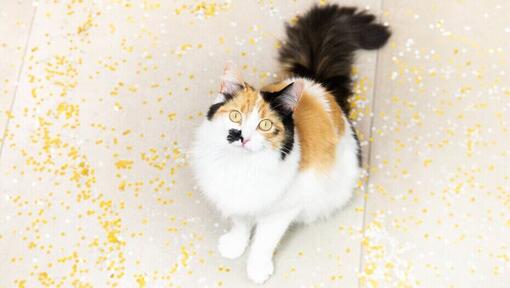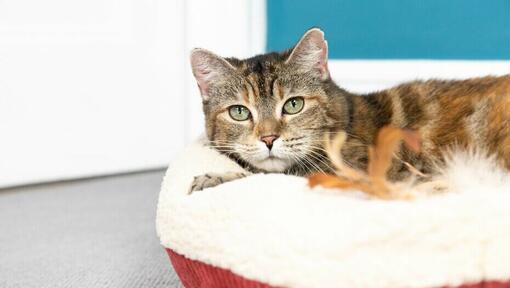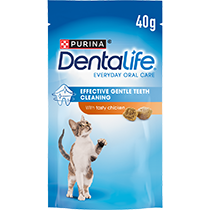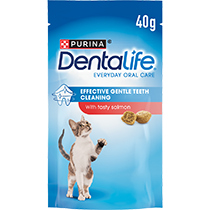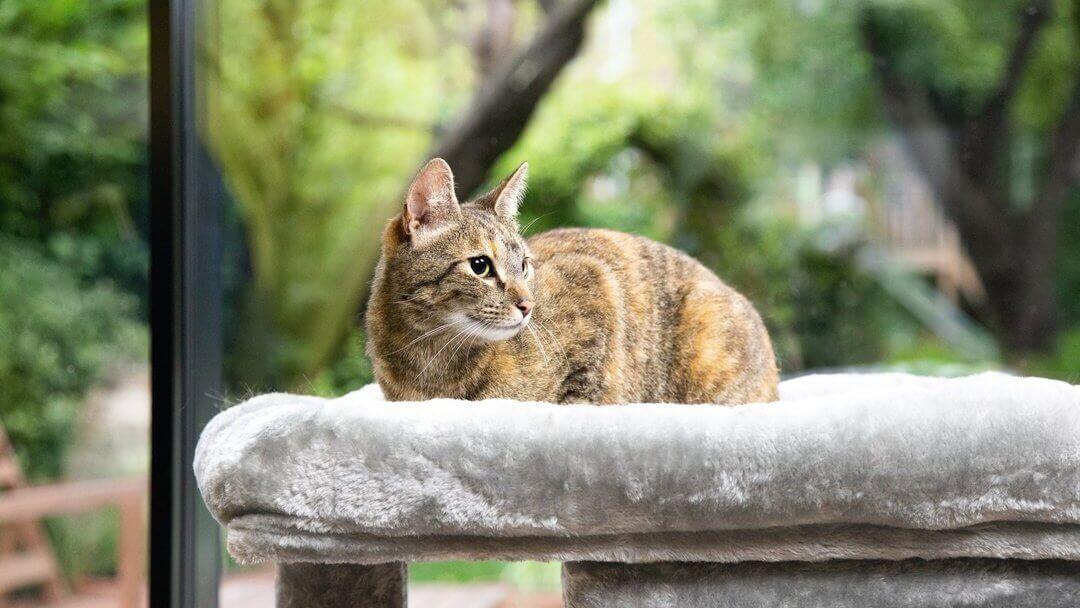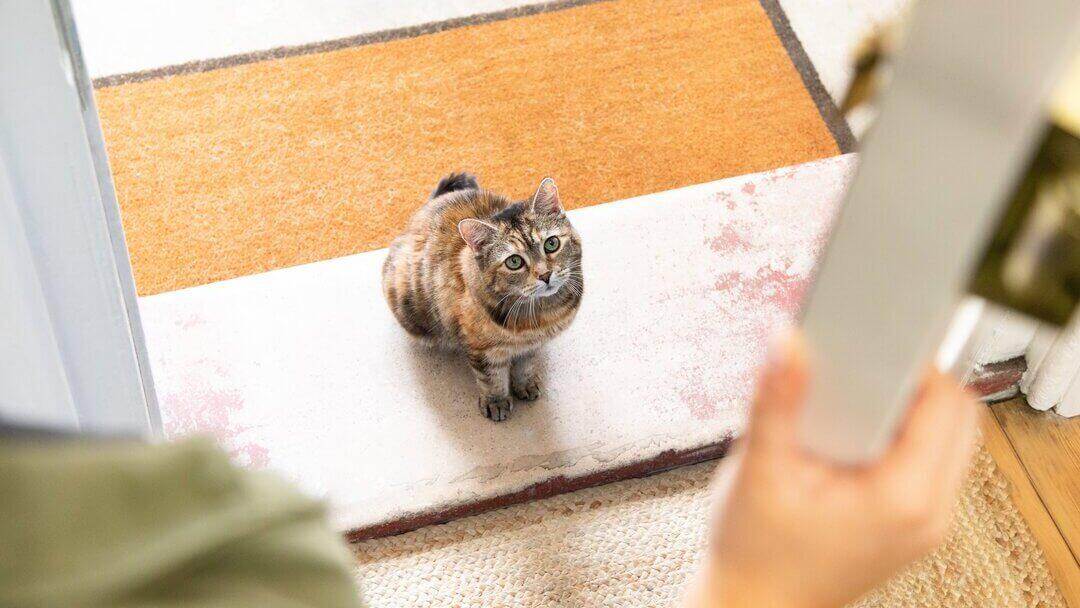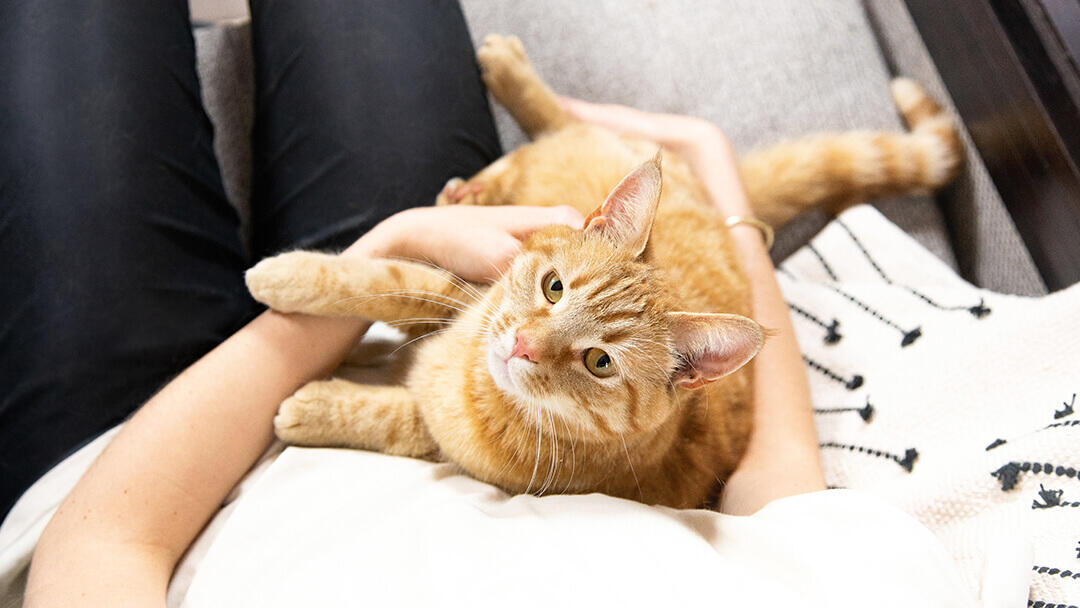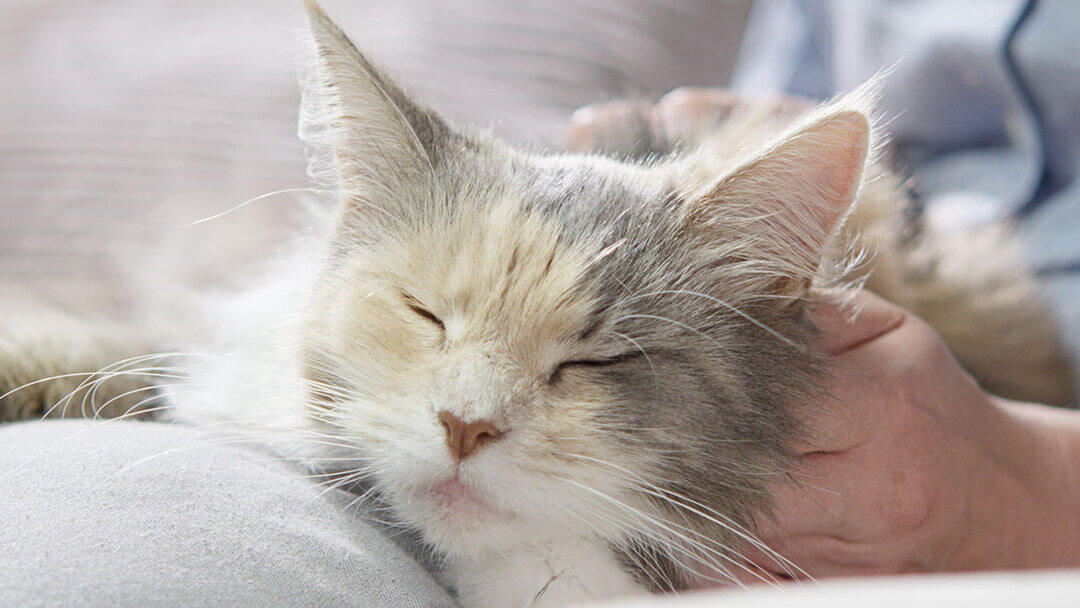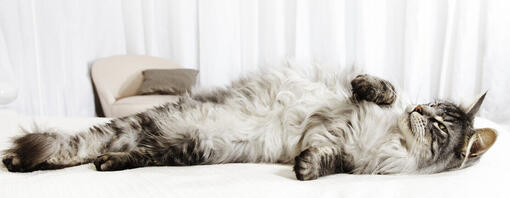
Having kittens can be a very exciting and emotional time for you and your cat. Before you can welcome bundles of fur into your home however, you need to know how to tell if your cat is pregnant, and what you can do to ensure her pregnancy is as happy and healthy as possible.
It’s important to remember when planning to have kittens that your cat and her litter will have demands that you will need to be prepared to handle. To help you support your pet throughout her pregnancy and labour, we’ve covered everything you need to know about expectant cats.
Cat pregnancy
Much like us, cats have periods of peak fertility when they can become pregnant - this is known as being in season or in heat. Cats can come into season about once every three weeks from being as young as four months (16 weeks) old, so there are plenty of opportunities for your pet to fall pregnant!
To avoid an unexpected litter of kittens, we recommend neutering your cat before her first season, as she can become pregnant very easily after that point.
There are quite literally thousands of unwanted kittens born every year and rescue centres are often overwhelmed with them. In most cases, breeding your cat is irresponsible and selfish, and as bringing up a litter can be stressful for your cat, and expensive for you, we recommend leaving breeding to the experts.
How long is a cat pregnant
Cat pregnancy normally lasts between 63 to 67 days, but it can be tough to know exactly how long a cat is pregnant for. The cat gestation period can vary from as short as 61 days to as long as 72 days.
Your cat (queen) often won’t show any physical symptoms of pregnancy until she is a few weeks into her term. If you think that your cat is pregnant, take her to the vets for confirmation.
If you would like to know how to tell if a cat is pregnant yourself, there are several physical signs that you should be able to spot after two or three weeks have passed.
How to tell if your cat is pregnant
- After approximately 15-18 days of a cat pregnancy, you may notice that your pet’s nipples become enlarged and red – this is known as ‘pinking-up’.
- Similar to morning sickness in humans, your pregnant queen may go through a stage of vomiting. If you notice that her sickness becomes frequent, or she is at all unwell in any other way, contact your vet.
- Your queen’s tummy will start to swell, but avoid touching it so you don't risk hurting mum or her unborn kittens. There can be other causes behind abdominal swelling, so monitor your cat closely for any signs of illness and consult your vet if you are worried.
- A mum-to-be will gradually gain between 1-2 kg (depending on the number of kittens she is carrying) - this is a strong sign that she is pregnant.
- Queens tend to have an increased appetite later in their pregnancy, which will also contribute towards her weight gain. An increased appetite could also be a sign of worms or illness, so double check with your vet to confirm.
- Your pregnant cat may act more maternal, meaning that she purrs more and seeks extra fuss and attention from you.
- Some vet practices can diagnose cat pregnancy using ultrasound, sometimes as early as 15 days into her term. The vet may also be able to give you an indication of how many kittens your cat is expecting by day 40 of her pregnancy. Bear in mind that in cat pregnancy, a larger kitten can obscure other smaller kittens in the womb, so you could have more kittens than expected!
Although your cat should be more than capable of handling labour herself (and probably prefer it that way), make sure that you are prepared as she approaches the end of her term. It’s good to be on stand-by to offer soothing words, and step in to help if she runs into complications.
There are several signs to look out for that signal that the kittens are on their way.
Signs of impending/active cat labour
- If your cat refuses food, acts fidgety and looks for a secluded place to settle down and nest, it could be because her labour is due to start very soon.
- Your cat’s body temperature will drop to around 37.8°C in the 12-24 hours before her labour starts.
- Right before giving birth, mum may become more vocal, appear agitated and want to wash herself constantly.
- Delivery should start with strong abdominal contractions, followed by some discharge from her vagina. If the discharge is heavy and black, or blood-coloured, then contact your vet.
- After this discharge, the kittens should follow very quickly!
If you suspect that the kittens are on their way, give your vet a call to let them know. You probably won’t need them but it is good that they and you are prepared in case you need veterinary help. This is especially important if it is out of hours as you need to know who to contact and where to go. Always best to be prepared!
Most cat labours go smoothly and you shouldn’t have to interfere. There are some signs however, such as discoloured discharge and mum straining without producing kittens, which could suggest complications.
If you notice either of these or have any other concerns, contact your vet. See our guide on labour and giving birth for more information on cats giving birth.



